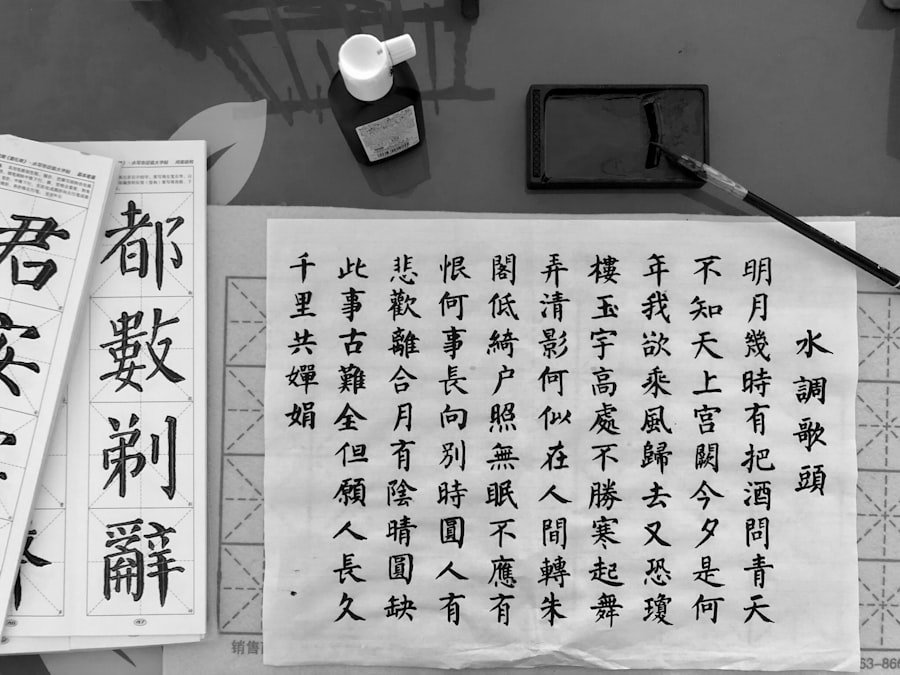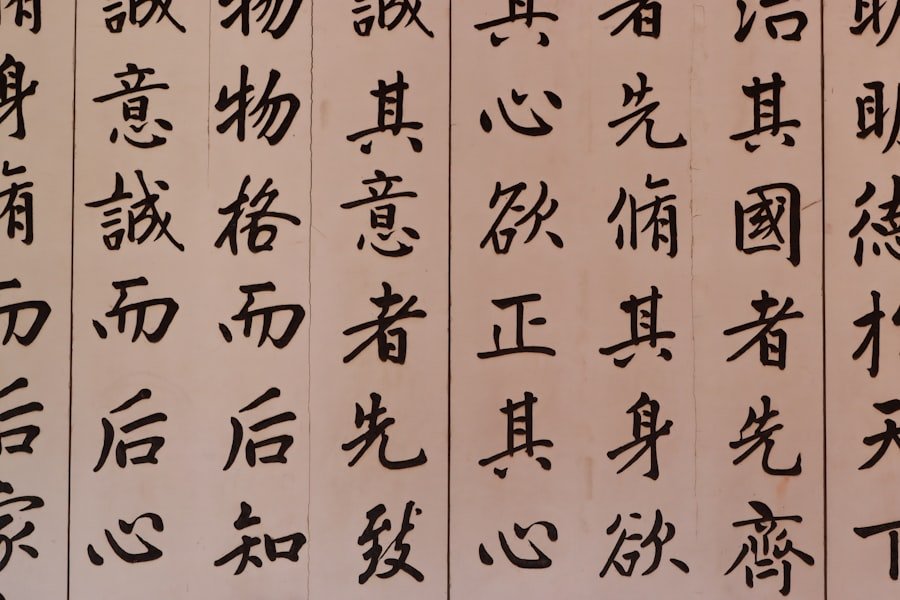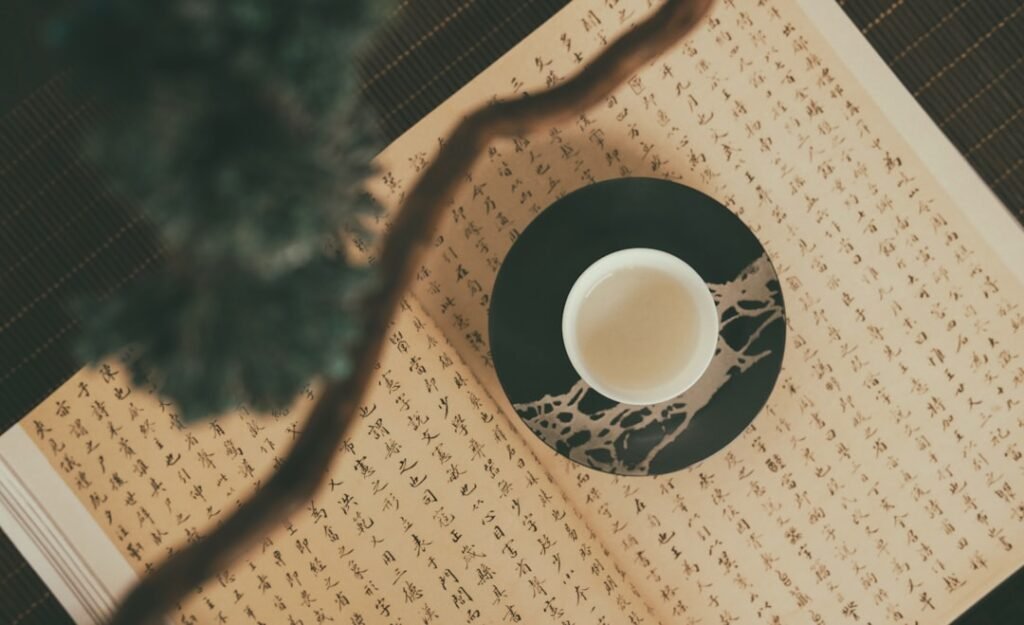Chinese calligraphy is an ancient art form that transcends mere writing; it is a profound expression of culture, philosophy, and aesthetics. This practice, steeped in history, has been revered for centuries, with its roots tracing back to the Shang Dynasty. The brush strokes, the flow of ink, and the choice of paper all contribute to a visual language that speaks volumes about the artist’s emotions and intentions.
As more individuals around the world seek to connect with this beautiful tradition, understanding the various methods and materials available for practice becomes essential. In recent years, the popularity of Chinese calligraphy has surged, attracting enthusiasts from diverse backgrounds. Whether one is drawn to the elegance of the characters or the meditative quality of the practice, there is much to explore.
This article delves into the traditional and modern methods of Chinese calligraphy, examining the materials used, the significance of authenticity, and the overall learning experience. By understanding these elements, practitioners can make informed choices that enhance their journey into this captivating art form. Master the art of Chinese calligraphy. Enroll now at the LC Chinese School in Oslo.
Table of Contents
ToggleSummary
- Chinese calligraphy is an ancient art form that requires precision and skill in brushwork.
- Traditional method uses real ink and rice paper, while modern alternative uses water-writing cloth.
- Water-writing cloth is a more cost-effective option compared to real ink and rice paper.
- Consider practice space and clean-up when choosing between traditional and modern methods.
- Authenticity, durability, and environmental impact are important factors to consider in Chinese calligraphy practice.
The Traditional Method: Real Ink and Rice Paper
The traditional method of Chinese calligraphy involves the use of real ink and rice paper, both of which have been cherished for centuries. Real ink, typically made from soot and animal glue, offers a depth of colour and texture that is difficult to replicate with modern alternatives. The process of grinding ink on an ink stone is not merely a preparatory step; it is an integral part of the calligraphic experience.
The rhythmic motion of grinding allows the artist to enter a meditative state, fostering a deeper connection with their work. Rice paper, known for its delicate texture and absorbent qualities, serves as the perfect canvas for calligraphy. Its ability to hold ink without bleeding allows for crisp lines and intricate details.
The choice of rice paper can significantly affect the final outcome of a piece, as different types offer varying levels of absorbency and texture. Practitioners often experiment with various papers to find those that resonate with their style and technique. This traditional approach not only honours the rich history of Chinese calligraphy but also provides a tactile experience that many modern materials cannot replicate.
The Modern Alternative: Water-Writing Cloth

In contrast to traditional materials, water-writing cloth has emerged as a modern alternative that appeals to both beginners and seasoned practitioners. This innovative fabric allows artists to practice their brush strokes without the need for ink or paper. When water is applied to the cloth, it creates temporary characters that fade away as they dry, providing an eco-friendly solution for those who wish to practice without waste.
Water-writing cloth is particularly advantageous for those who may be hesitant to invest in traditional materials or who lack adequate space for clean-up. It offers a low-pressure environment for experimentation, allowing practitioners to focus on mastering their technique without the fear of wasting expensive ink or paper. Additionally, this method encourages repetition and practice, as artists can easily create new characters without the constraints of material costs.
While it may lack the authenticity of traditional methods, water-writing cloth serves as a valuable tool for learning and exploration.
Comparing the Cost of Materials
When considering the cost of materials for Chinese calligraphy practice, there are significant differences between traditional and modern methods. Real ink and rice paper can be relatively expensive, especially for high-quality products. A good ink stick can range from £10 to £30, while rice paper can vary widely in price depending on its quality and type.
For those who are serious about their practice, investing in these materials is often seen as essential; however, it can be a considerable financial commitment for beginners. On the other hand, water-writing cloth presents a more economical option. While initial costs may still be present—such as purchasing brushes or other tools—the cloth itself can be reused countless times without additional expense.
This makes it an attractive choice for those who wish to practice frequently without incurring ongoing costs. Ultimately, the decision between traditional and modern materials will depend on individual preferences and budget considerations.
Considerations for Practice Space and Clean-Up
The choice between traditional ink and rice paper versus water-writing cloth also has practical implications regarding practice space and clean-up. Traditional methods require a dedicated area where spills can be managed, as ink can stain surfaces and clothing. Setting up a workspace involves laying out protective coverings and ensuring that all necessary tools are within reach.
After practice, clean-up can be time-consuming, requiring careful washing of brushes and disposal of used paper. In contrast, water-writing cloth offers a more flexible approach to practice space. Since it only requires water, there is no risk of staining or messiness associated with ink.
Practitioners can easily set up their workspace anywhere—be it at home, in a park, or even at a friend’s house—without worrying about clean-up afterwards. This convenience makes water-writing cloth particularly appealing for those who may have limited space or who prefer a more spontaneous approach to their practice.
The Importance of Authenticity in Chinese Calligraphy Practice

Authenticity plays a crucial role in the world of Chinese calligraphy. For many practitioners, using traditional materials is not just about aesthetics; it is about honouring the cultural heritage that has been passed down through generations. The tactile experience of working with real ink and rice paper connects artists to their ancestors and allows them to engage with the art form on a deeper level.
However, authenticity does not solely reside in the materials used; it also encompasses the mindset and intention behind the practice. While some may argue that using water-writing cloth detracts from this authenticity, others believe that any form of practice—whether traditional or modern—can be valid if approached with respect and dedication. Ultimately, each artist must navigate their own path in determining what authenticity means to them within their calligraphic journey.
When considering durability and longevity, there are stark contrasts between water-writing cloth and traditional materials like rice paper and ink. Rice paper is known for its fragility; while it can produce stunning works of art, it is also susceptible to tearing and damage if not handled with care. Once an ink piece is created, it becomes a permanent fixture unless preserved through framing or other means.
Water-writing cloth, on the other hand, offers a unique advantage in terms of durability. Since characters created on this fabric are temporary, there is no concern about wear or degradation over time. Practitioners can create countless pieces without worrying about preserving them physically; instead, they can focus on honing their skills through repetition.
This aspect makes water-writing cloth particularly appealing for those who wish to practice frequently without accumulating physical works.
In today’s environmentally conscious society, the environmental impact of art materials is an important consideration for many artists. Traditional Chinese calligraphy materials—such as real ink and rice paper—often involve resource-intensive processes for production and may contribute to deforestation if not sourced sustainably. Additionally, once used, these materials cannot be reused or recycled in any meaningful way.
Conversely, water-writing cloth presents an eco-friendly alternative that significantly reduces waste associated with traditional practices. As it requires only water for use and can be reused indefinitely, it aligns well with sustainable practices in art-making. For environmentally conscious practitioners seeking to minimise their ecological footprint while engaging in Chinese calligraphy, water-writing cloth offers a compelling solution.
The Role of Tradition in Chinese Calligraphy Practice
Tradition holds immense significance in Chinese calligraphy practice; it shapes not only the techniques employed but also the philosophies underpinning the art form. Many practitioners view calligraphy as a means of connecting with their cultural heritage while expressing their individuality through brush strokes. The rituals surrounding traditional practices—such as grinding ink or selecting paper—are often seen as essential components that enrich the overall experience.
However, as society evolves and new generations emerge, there is room for innovation within this ancient art form. While some may adhere strictly to traditional methods, others embrace modern alternatives like water-writing cloth as a way to adapt to contemporary lifestyles while still honouring the essence of calligraphy. This dynamic interplay between tradition and modernity allows for growth within the art form while preserving its core values.
The Learning Experience: Benefits and Drawbacks of Each Method
The learning experience in Chinese calligraphy varies significantly depending on whether one chooses traditional or modern methods. Traditional practices offer a rich foundation steeped in history; they provide insights into techniques that have been refined over centuries. For those who appreciate structure and discipline in their learning journey, working with real ink and rice paper can foster a deep understanding of brush control and character formation.
Conversely, water-writing cloth encourages experimentation and playfulness in practice. Beginners may find this method less intimidating since they can freely explore without fear of making mistakes or wasting materials. However, some may argue that this approach lacks the depth found in traditional methods; while it allows for repetition and skill-building, it may not instil the same level of respect for materials or techniques that come from working with real ink.
Choosing the Right Tools for Your Chinese Calligraphy Practice
In conclusion, choosing the right tools for your Chinese calligraphy practice ultimately depends on your personal preferences, goals, and circumstances. Traditional methods using real ink and rice paper offer an authentic experience steeped in history but come with considerations regarding cost, clean-up, and environmental impact. On the other hand, modern alternatives like water-writing cloth provide flexibility and accessibility while encouraging experimentation without waste.
For those interested in exploring Chinese calligraphy further, consider enrolling in courses at LC Chinese School in Oslo. Their dedicated calligraphy classes cater to all skill levels and provide an excellent opportunity to learn from experienced instructors who emphasise both traditional techniques and modern approaches. Whether you choose to embrace tradition or explore contemporary methods, engaging with this beautiful art form will undoubtedly enrich your understanding of Chinese culture while allowing you to express your creativity through brush strokes.
Master the art of Chinese calligraphy. Enroll now at the LC Chinese School in Oslo.







